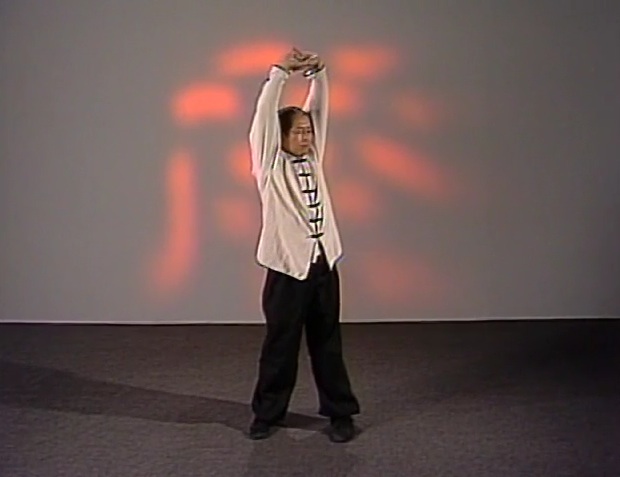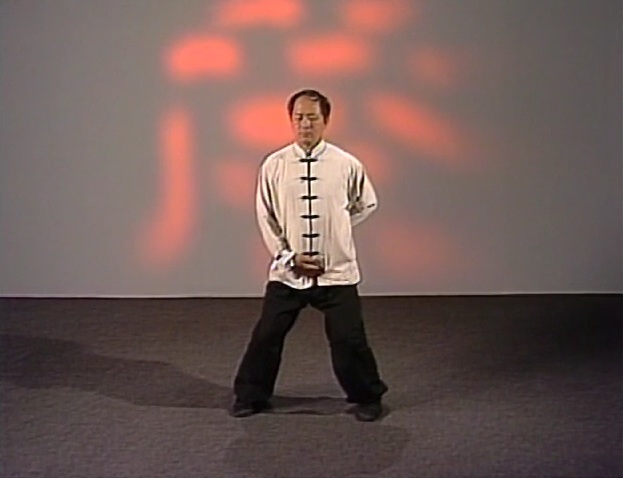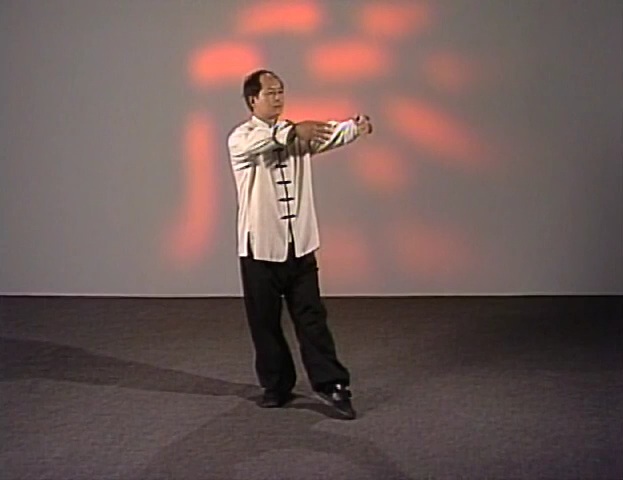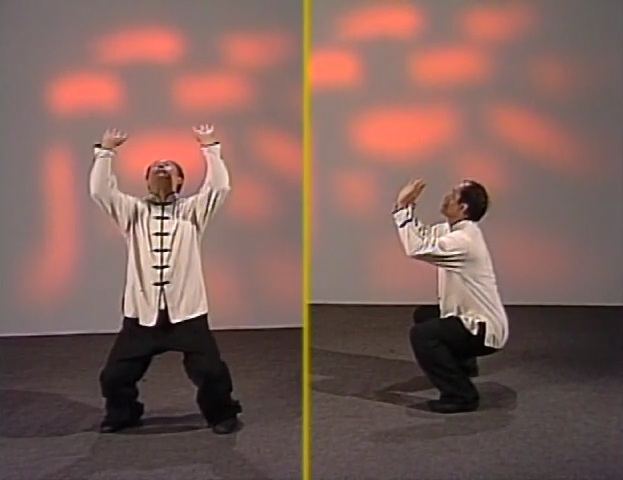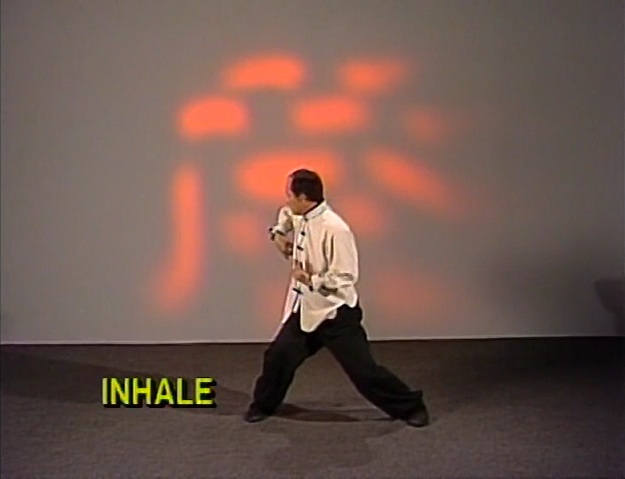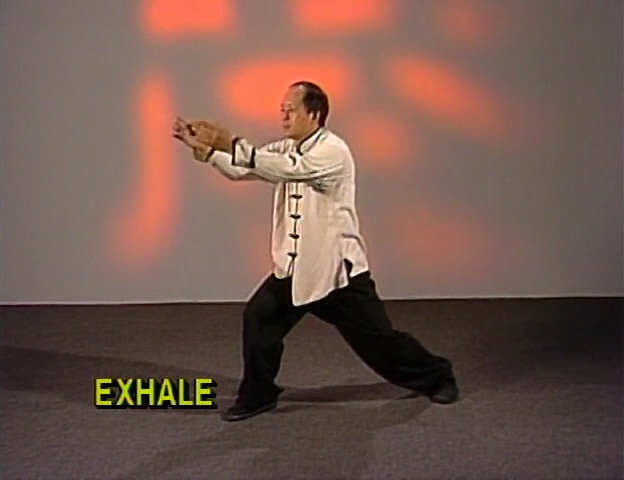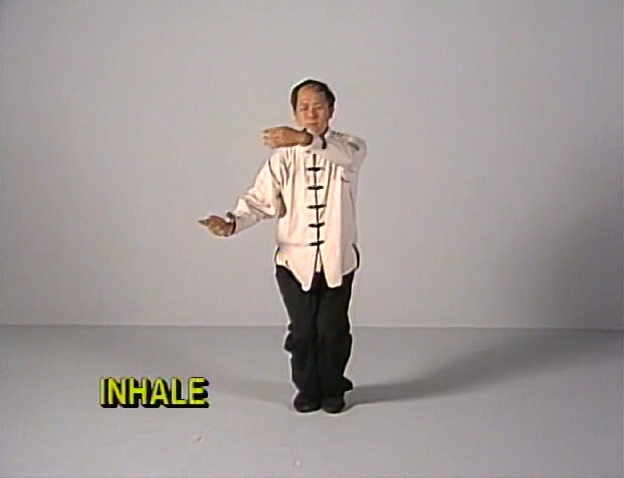Home >> Publishing >> Book
Tai Chi Qigong: The Internal Foundation of Tai Chi Chuan (Revised 2nd Edition)
by Dr. Yang, Jwing-Ming
This book teaches tai chi qigong exercises that are useful for improving your tai chi skills and overall health. Companion to the Tai Chi Qigong DVD.$22.95
$13.77
$39.00
$23.40
$12.99
$11.04
Printing: Black and White
$35.94
$24.81
This book was formerly titled The Essence of Taiji Qigong. The companion DVD is titled The Essence of Taiji Qigong.
This revised edition of our best selling beginner Tai Chi Qigong book includes a new and modern easy-to-follow layout. Every qigong movement is presented in 2-4 large photographs with clear instructions, followed by a discussion of how the movements aid in improving Tai Chi practice.
Tai chi chuan is an internal martial art that uses soft/round movements to redirect an opponent's incoming force.
Qigong exercises are an internal method of increasing and circulating your body's energy (qi).
This book teaches tai chi qigong exercises that are useful for improving your tai chi skills and overall health.
IF YOU ALREADY KNOW A TAI CHI FORM, here are a few ways that you will use tai chi qigong to reach new levels of skill and ability.
- To feel qi
- To regulate body, breathing, and intention
- To learn how to use intention to lead qi
- To learn how to circulate qi
- To learn how to expand qi
- To learn how to use qi to energize muscles
- Accelerates the health benefits of tai chi
IF YOU DON'T KNOW TAI CHI, but want to benefit from qigong exercises, here are a few ways tai chi qigong can help you.
- The exercises are short and easy to learn
- They help reduces stress
- They loosens muscles and joints
- They stimulates qi flow
- They can help develop a strong immune system
- They sharpen concentration
- They build a deeper awareness of breath and body coordination
Reviews
ForeWord Reviews Indie Fab Award - Finalist - 2014
If you arrived at this page from a QR code found on the back of the book Tai Chi Qigong you are in the right place.
These exercises are selected to help you see a sampling of Tai Chi Qigong movements in action. The DVD (105 minutes long) provides all the movements found in the book. Enjoy!
About the Author


